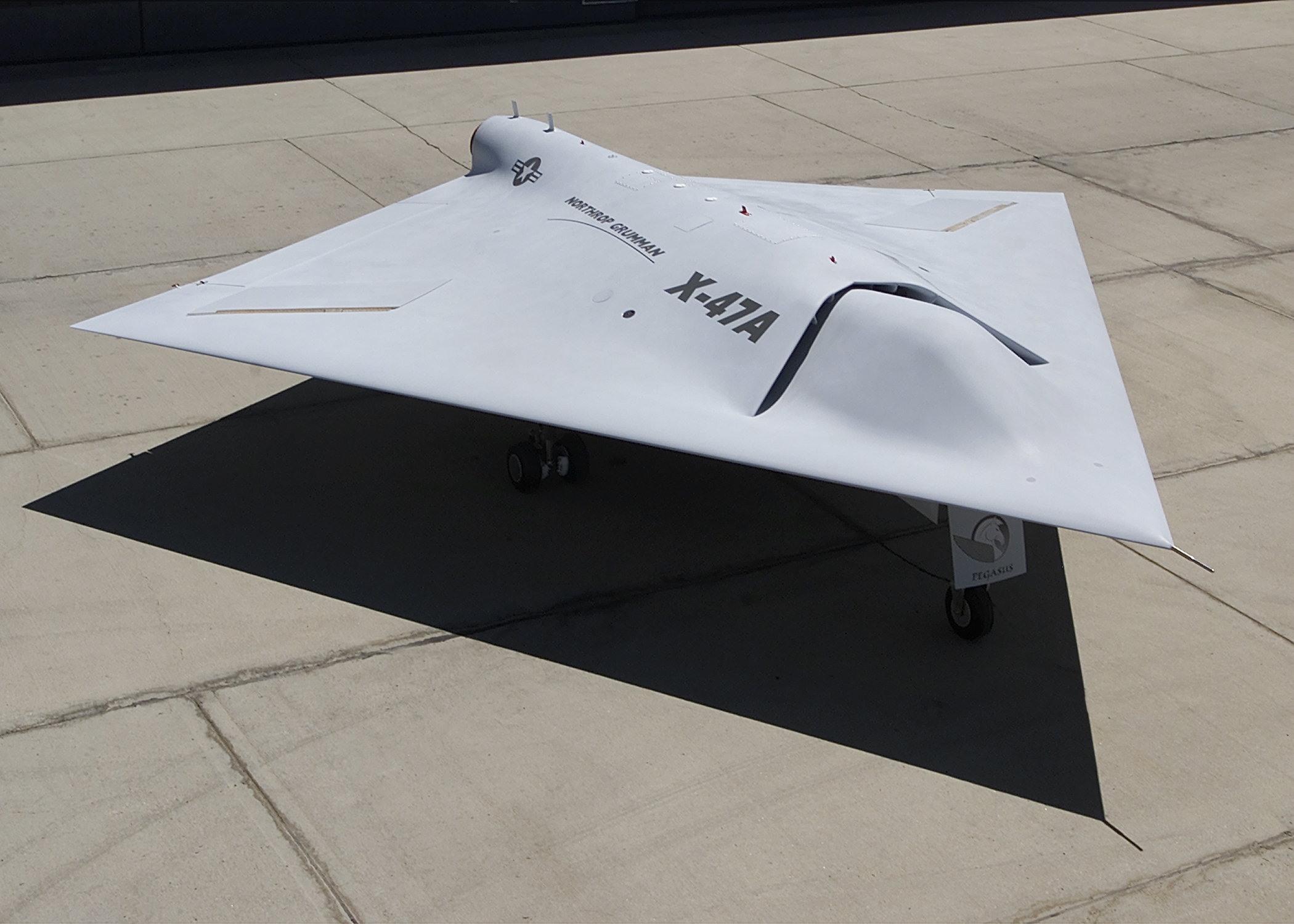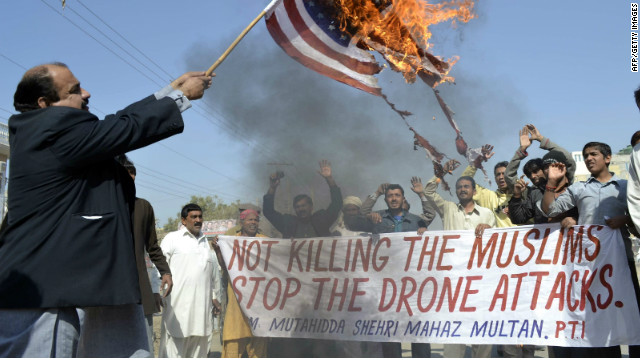Like Asimov had said in his 3 Laws of Robotics,a robot is a tool that is meant to assist humans; Robots are designed for a purpose.Depending on the complexity and requirements of the assigned tasks,a robot can either be designed as a smart robot or, a dumb robot.
A smart robot is an adaptive robot,they are capable to learn as they perform their tasks instead of just purely operating on programmed control,which means that they interact with their surroundings.An example of a smart robot would be a bomb disposal robot,the unit would be able to recognise a threat and deploy a method to dispose it :destroying the fuse/entire bomb by using its gun or by disarming it with its clamp. On the other hand,a dumb robot is non-adaptive, it does not interact with its surroundings, learns nothing about its surroundings and performs repetitive tasks under programmed control.An example of a dumb robot would be the typical industrial robots performing tasks that would be hazardous for humans.
 The use of military robots have become more prevalent in recent years as a response to
The use of military robots have become more prevalent in recent years as a response to
insurgents' tactic of deploying Improvised Explosive Devices within the area where military convoys would travel in hopes of inflicting large casualties. These devices can be detonated by a mobile device or simply by a fuse. The complexity and the ambiguous danger posed by IEDs meant that bomb disposal units would put themselves at a high risk when they attempt to disable these devices. Robots like the MarkVA1 by Northrop Grumman is designed to perform these tasks. As demonstrated in the table,robots can endure and perform in harsh conditions and they can do tasks that are dangerous for humans consistently.The MarkV-A1 weighs 800 pounds and due to its small size, is nimble enough to pass through tripwires and gaps. The robots height and its long robot arm meant that robot could disarm the bomb from a longer distance.The robot has four cameras and an array of sensors so that operators could see their target and look for threats in the surroundings more clearly. The robot disarms the bomb in two ways:pressure disruptors or by detonating the bomb safely by shooting it with a shotgun.
The use of Unmanned Combat Aerial Vehicles have also become increasingly popular in the War on Terror. UCAVs are unmanned vehicles that are either controlled by an operator on the ground or by pre-programming.As there's no pilot, it can maneuverer at very high g's which can be fatal for pilot,making it very agile.UCAVs are usually cheaper than a complete aircraft and as UCAVs don't require any airman to be on it,the risk is much lower. Its lack of passenger cockpit also meant that it's size is dramatically smaller than a standard aircraft,making it hard to be seen from an human eye. With a UCAV,NATO personnel could destroy targets in what normally would've been restricted airspace without risking any loss of life.
A smart robot is an adaptive robot,they are capable to learn as they perform their tasks instead of just purely operating on programmed control,which means that they interact with their surroundings.An example of a smart robot would be a bomb disposal robot,the unit would be able to recognise a threat and deploy a method to dispose it :destroying the fuse/entire bomb by using its gun or by disarming it with its clamp. On the other hand,a dumb robot is non-adaptive, it does not interact with its surroundings, learns nothing about its surroundings and performs repetitive tasks under programmed control.An example of a dumb robot would be the typical industrial robots performing tasks that would be hazardous for humans.
Repetitive/ Dangerous Tasks.
Robots excel at performing repetitive tasks, whether dangerous or not. The introduction of robots helped industry reduce the costs of manufacturing,increase productivity and standardised goods to a high quality. Repetitive and dangerous tasks include painting of parts,loading and unloading of minerals,cutting,welding,assembly of cars,detection of faulty components and operating in remote locations such as volcanoes or deep seas. Most of the work for industrial robots are capable of being achieved by humans,but robots do it at a much more efficient rate. Industrial accidents are less likely to occur as well, as robots are programmed to perform a specific function and usually dependable. They can work in high-risk environments/tasks.
Robot use
|
Advantages of using robot in this role
|
Identify and describe repetitive and dangerous tasks involved
|
Picture of a robot performing the role
|
Exploration
1) Antarctic Explorations
2) Mid-Atlantic Explorations
3) Volcano Exploration
|
-Capable of working in hostile environments where humans can't
-Can go to places where human labour can be costly and complex. No need to worry to much,easier to maintain -If they malfunction,can be disposed of -Enables humans to monitor their progress in safety |
-surveying and collection scientific data about Mars
-exploring the cones of a Volcano -measuring the contents of the gas emitting from a volcano | |
Assembly-line
1)Transporting materials from one place to another
2)Lifting heavy materials 3)Interacting with materials under instructions given by humans( e.g. paint car door) |
-Very efficient, no need for backtracking. The robots transport large amounts of materials to a specified spot,no compromise and minimises distance required
-Minimising the workers chances of getting stress injuries from lifting heavy objects, saves time as well -Ensure all products are up to a certain standard. -Can handle more force than a human, stronger. -Low fatigue rate. |
-Stacking cases(Palletizer)
-Packaging -Painting, Chroming process -Welding and assembly -Lifting and Transporting raw materials and finished products | |
Maintenance & repair
1)Roadworks
|
-Can handle more force than a human, they can make repairs that are humanly impossible
-As they have been specifically designed or programmed to do a specific task,better than humans in locating problems -Can perform a task consistently -Can perform tasks that are dangerous for humans |
-Locating faults,photographing and sending them back to engineers
-Performing repairs on the cracked ceiling |
Military Robots
 The use of military robots have become more prevalent in recent years as a response to
The use of military robots have become more prevalent in recent years as a response to insurgents' tactic of deploying Improvised Explosive Devices within the area where military convoys would travel in hopes of inflicting large casualties. These devices can be detonated by a mobile device or simply by a fuse. The complexity and the ambiguous danger posed by IEDs meant that bomb disposal units would put themselves at a high risk when they attempt to disable these devices. Robots like the MarkVA1 by Northrop Grumman is designed to perform these tasks. As demonstrated in the table,robots can endure and perform in harsh conditions and they can do tasks that are dangerous for humans consistently.The MarkV-A1 weighs 800 pounds and due to its small size, is nimble enough to pass through tripwires and gaps. The robots height and its long robot arm meant that robot could disarm the bomb from a longer distance.The robot has four cameras and an array of sensors so that operators could see their target and look for threats in the surroundings more clearly. The robot disarms the bomb in two ways:pressure disruptors or by detonating the bomb safely by shooting it with a shotgun.
The use of Unmanned Combat Aerial Vehicles have also become increasingly popular in the War on Terror. UCAVs are unmanned vehicles that are either controlled by an operator on the ground or by pre-programming.As there's no pilot, it can maneuverer at very high g's which can be fatal for pilot,making it very agile.UCAVs are usually cheaper than a complete aircraft and as UCAVs don't require any airman to be on it,the risk is much lower. Its lack of passenger cockpit also meant that it's size is dramatically smaller than a standard aircraft,making it hard to be seen from an human eye. With a UCAV,NATO personnel could destroy targets in what normally would've been restricted airspace without risking any loss of life.
RQ-4 GLOBAL HAWK
THE RQ-4 is a high-altitude unmanned aerial vehicle for surveillance .The RQ-4 features a autonomous unmanned vehicle that is capable of reaching up to 60,000 ft and can cruise at a rate of 357mph.The RQ4 has a number of sensors- synthetic aperture radar, electro optical and infrared sensors. But if necessary,it can be equipped with a jammer or decoy to deceive or obstruct the enemy's air defences.







